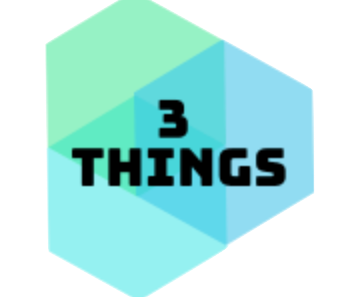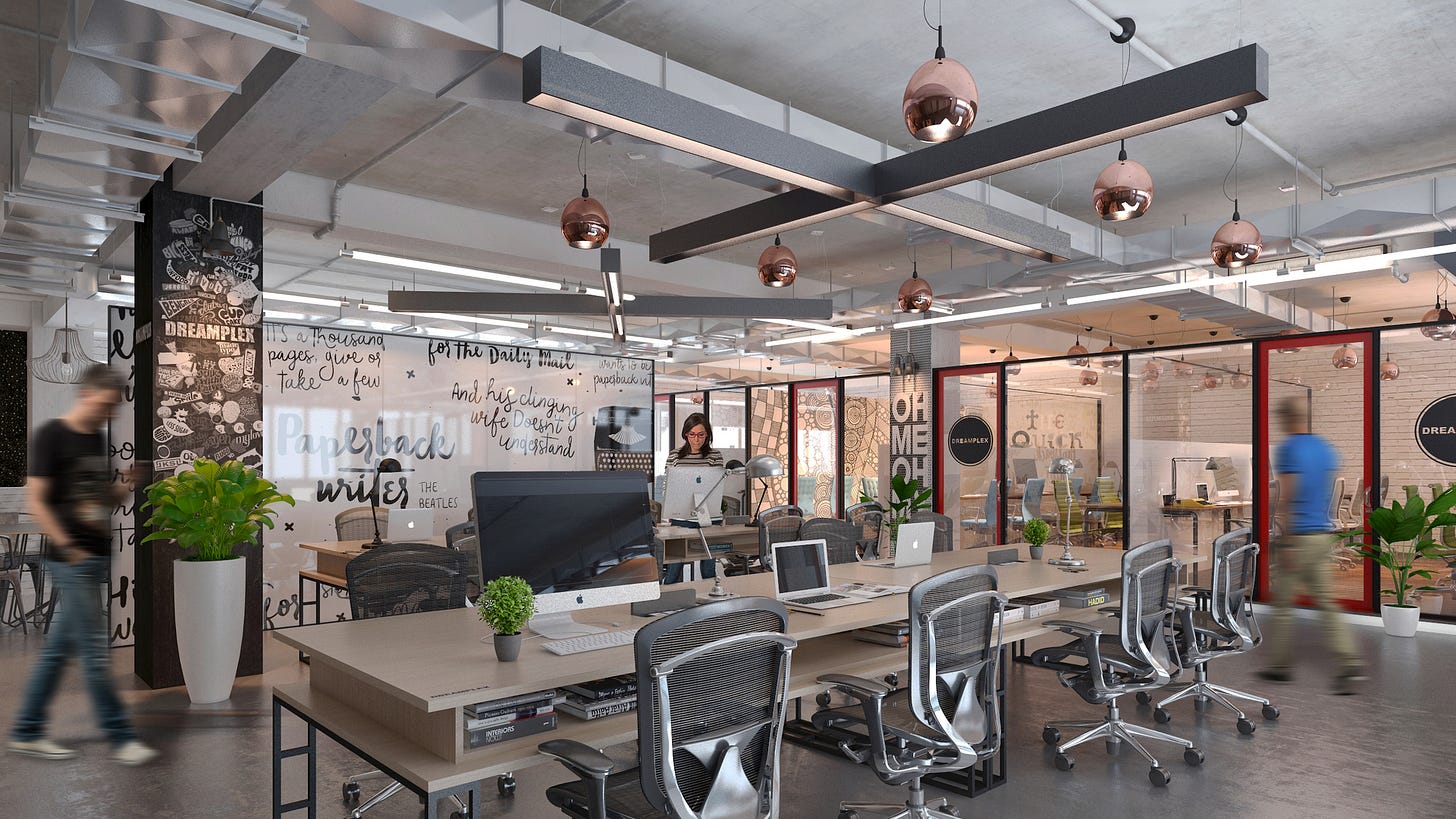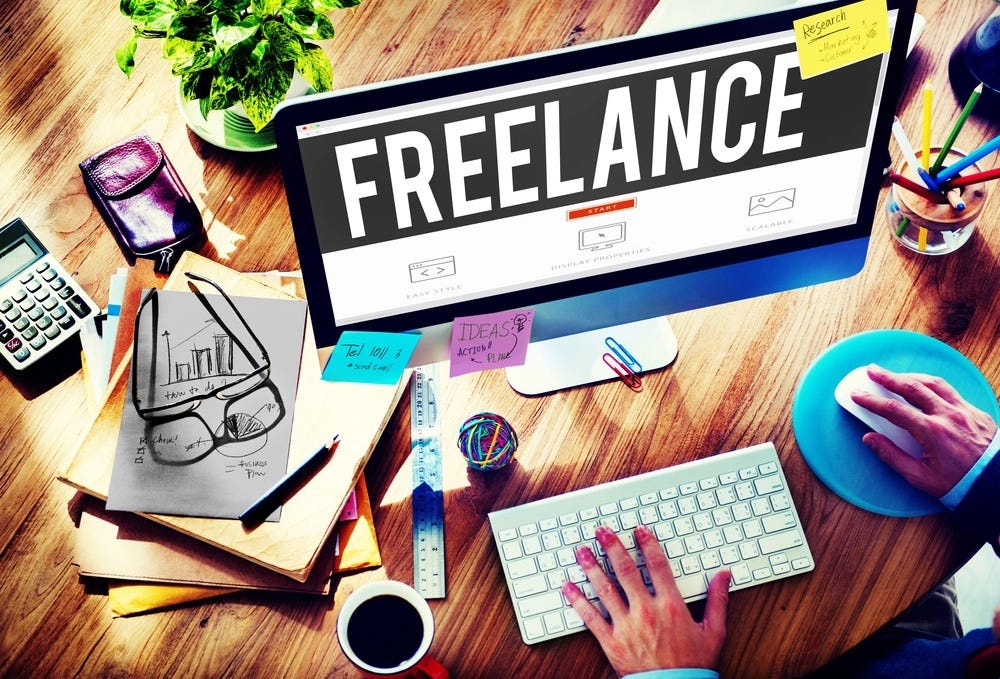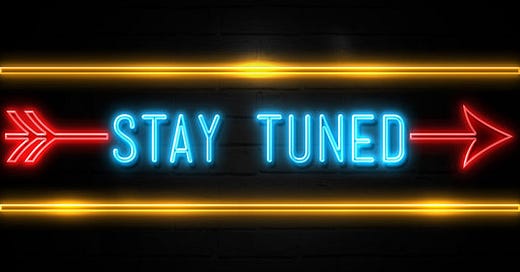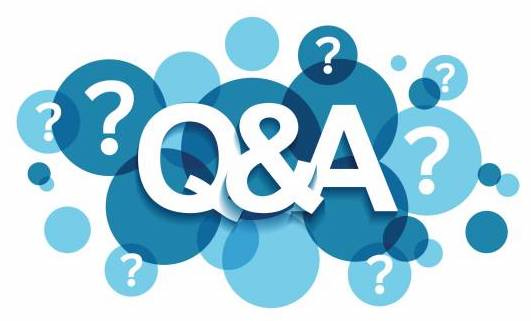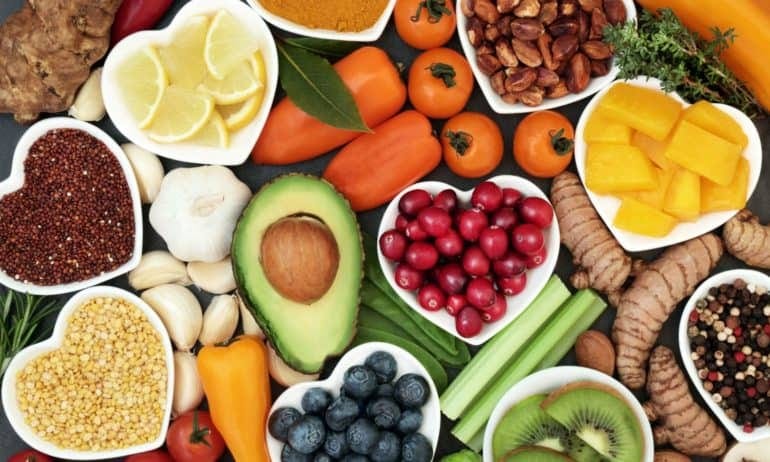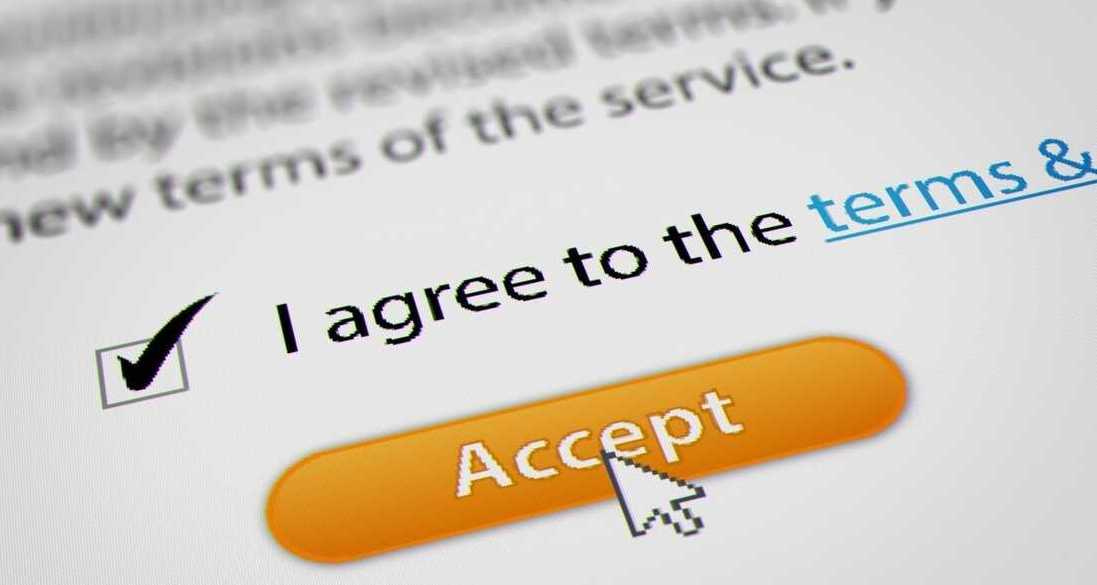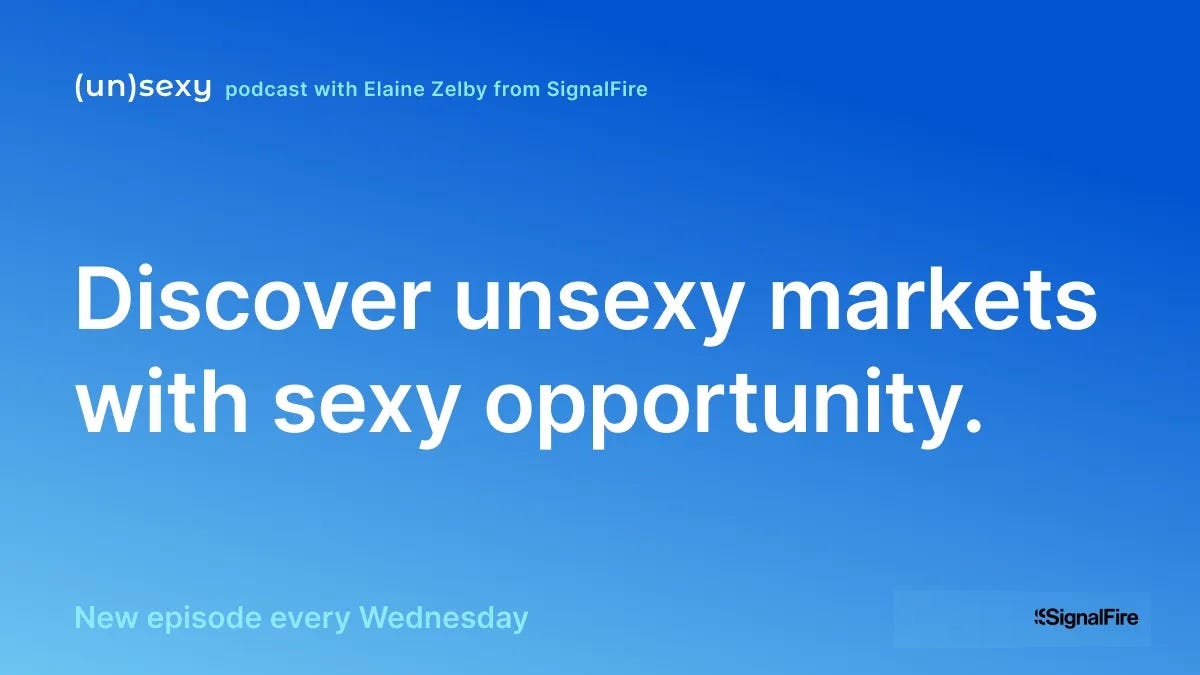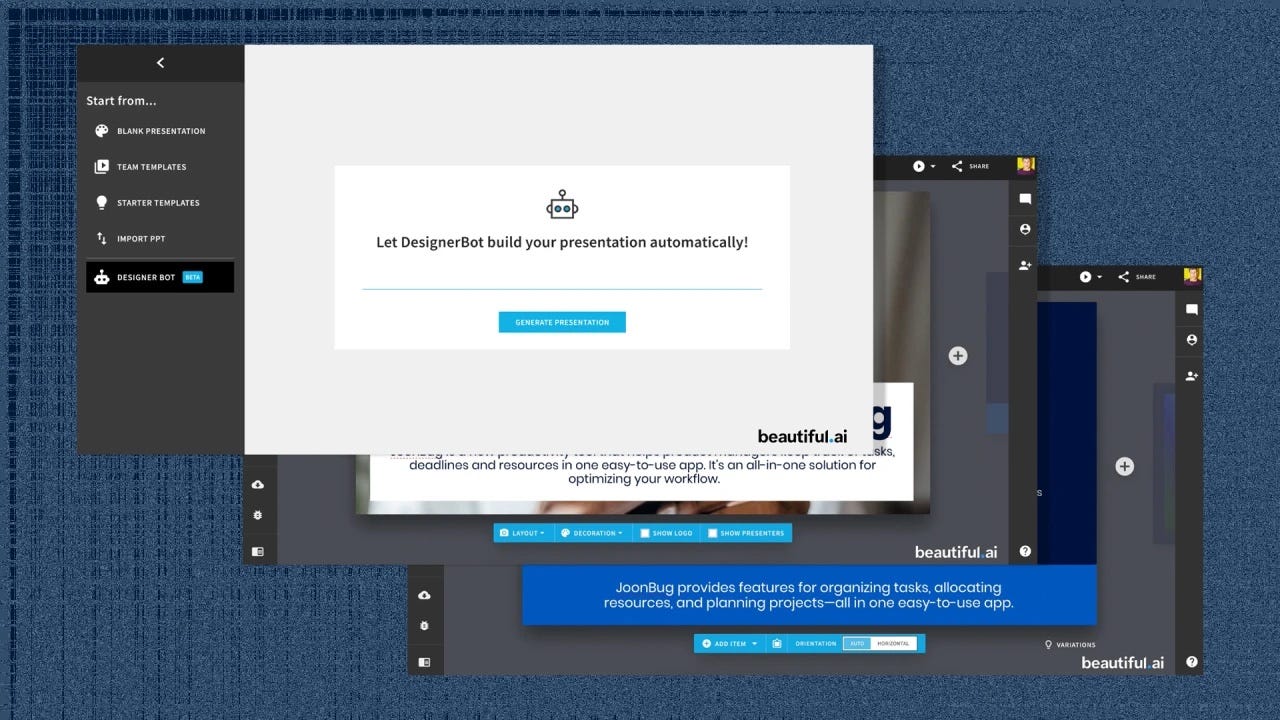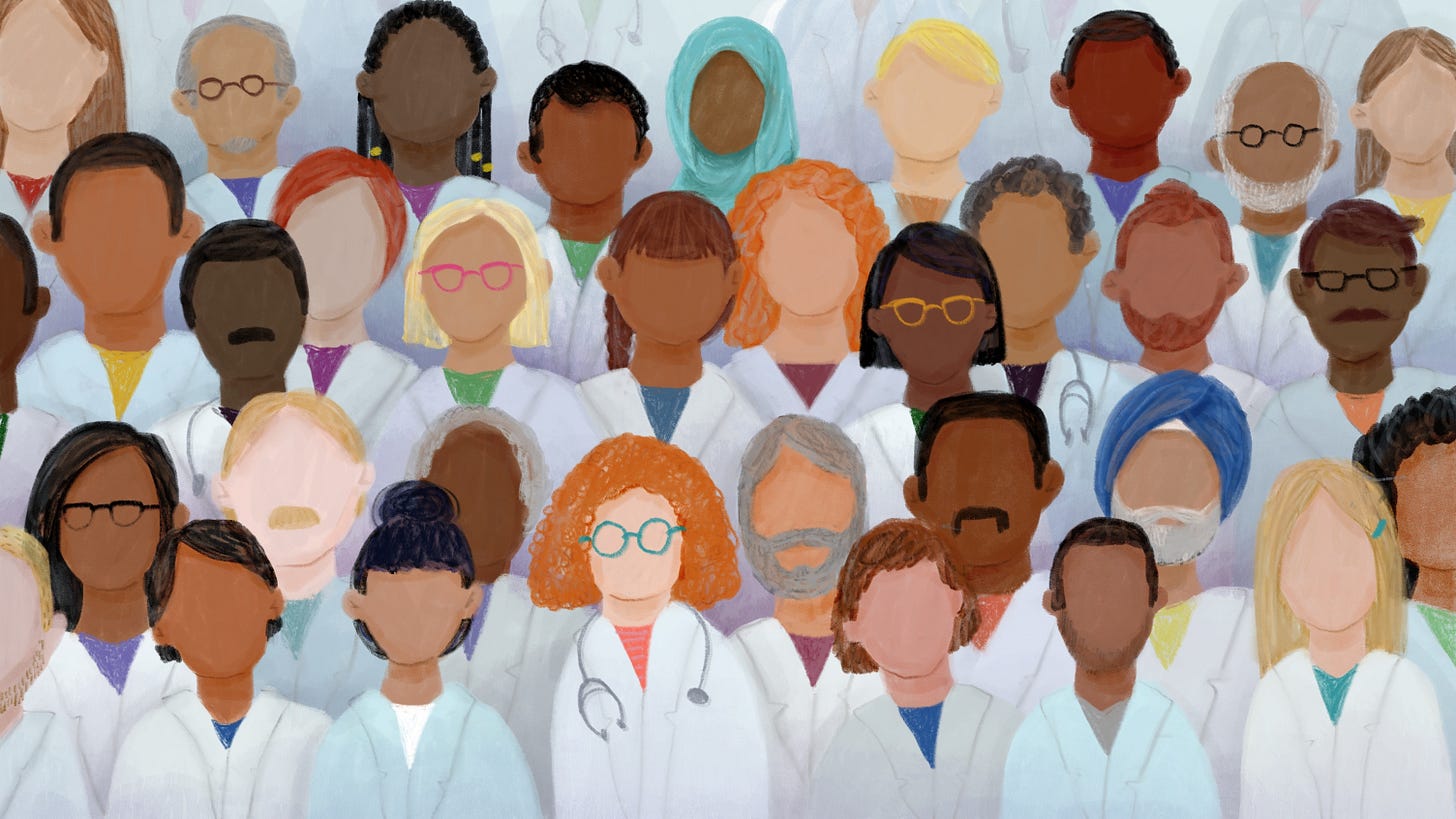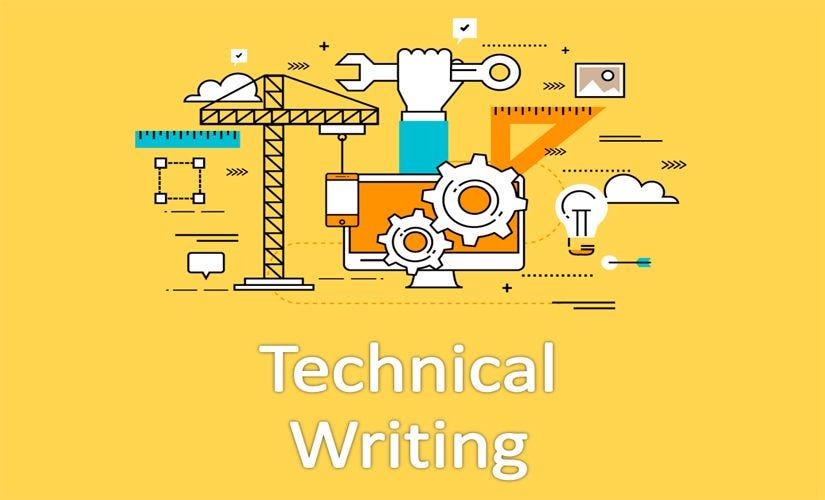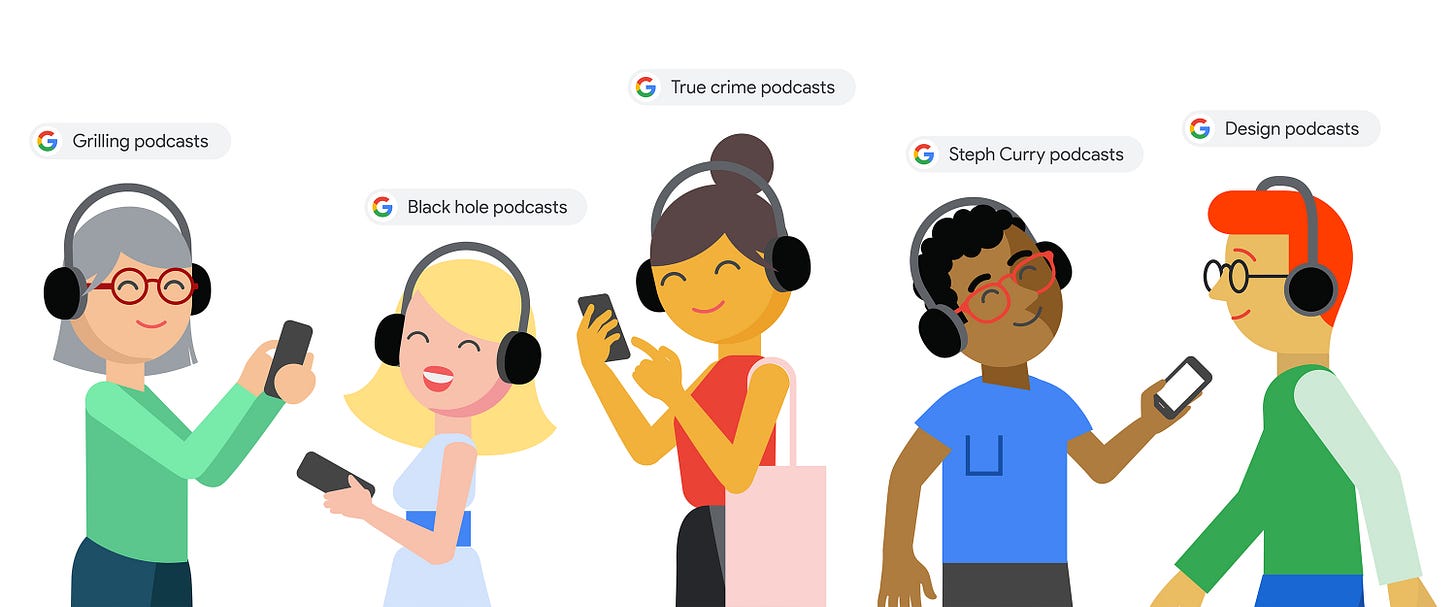Happy Sunday! I’m excited to share an update with all of you as to what I’ve been doing and why 3 Things has taken a bit of a pause.
Earlier this year, I made the leap and founded a company called Tofu. I’ve wanted to do my own thing for years and you all know I have more than enough ideas 😂 but I never had the thing I was willing to spend 10+ years on or the people I wanted to work with… until now. The vision of Tofu is to rebundle the top-of-funnel (hence the name Tofu ;-)) go-to-market stack and put GTM on autopilot for B2B companies. We use generative AI to ingest information on a company’s branding, messaging, positioning, and segmentation and then create hyper-personalized content and campaigns across all channels that looks and sounds uniquely like the company. We do the full creation and end execution of all types of content (landing pages, emails, PDFs, ads, social, sales decks and collateral, whitepapers, ebooks, blogs etc) and collect omnichannel performance data on the variations and use that information to continually optimize our model and improve conversion for our customers.
I’m having a blast and have two of the absolute best co-founders I could imagine. Excited to keep sharing more of the journey with you all and if anyone knows some marketers that we should talk with, definitely send them my way! I still have a plethora of ideas, just less time to write, so I’ll continue to publish “3 Things” but less frequently. With that, here are 3 Things for today:
1. Text-to-Image Model for Business
There are dozens of generative image models out there now with seemingly more each week. You have OpenAI’s DALL-E 2, Midjourney, Stable Diffusion, Cohere, Imagen and more. Tons of applications have sprung up leveraging these models to provide mostly consumer facing use cases like DreamStudio, Craiyon, Lensa, etc etc. These models and applications can do really well at creating, say, a picture of a purple unicorn driving a car while the sun is setting. They also are getting quite good for other consumer facing business use cases like ads for e-commerce products or website/app images of products (often with humans and particular backgrounds). What they are not so great at is creating a graphic for your B2B website, landing page, blog, email, whitepaper, sales deck or case study. The images above are some of my *best* attempts from the existing models! Often these images contain text which the models turn into absolute gobbledygook. They are also just not trained with enough relevant examples to product outputs that would be acceptable in B2B use cases.
In 2019, Facebook launched a searchable library of all ads in an effort to be more transparent after the 2016 elections. Similarly, you can see all LinkedIn ads that a company has run by going to their page and clicking under “Posts” and then “Ads”. You can see also grab the images from all social posts across those platforms to add to the dataset. Additionally, you can crawl tens of thousands of B2B company websites and extract all images to add to the mix. A company could aggregate all of these B2B professional images an train a text to image (small) model that is purpose built for this use case. There are SO many companies that would pay a lot for the ability to generate business images without needing a designer or agency and there are also dozens of applications (Tofu included!!) that are building Generative AI solutions for B2B Marketing, Sales, Product or CS teams that would happily pay for API access to a model like this. If anyone is building this or knows of someone building this, please reach out! 🙏
2. Live/Work Housing Complexes
The statistics are pretty overwhelming when it comes to Millennials around marriage and homeownership. Millennials are waiting until much later than the previous generations to get married, or opt not to get married at all. The average age of first marriage is now above 29 for women and 31 for men in the US. Additionally, Millennials are struggling to purchase homes as they face a housing shortage, financial debt, and weaker economic opportunities than previous generations. This has resulted in over 50% currently renting and around 25% of Millennials saying they will be “forever renters”. At the same time, this generation represents the largest demographic within the workforce at a little over 35% which will continue to rise over the next decade.
Prior to the pandemic, the majority of workers went into an office 5 days a week and had separation between the place they lived and the place they worked. 2020 threw the vast majority of the world into a work from home situation which most thought would be temporary. As time went on, employers discovered that (to their great surprise) employee productivity did not diminish and workers found that there were a lot of benefits from working at home. Bedrooms and closets have been turned into offices and athleisure is the new workwear. With work from home or hybrid work becoming the norm, people are crammed into small apartments and trying to optimize what little space they have. As more people move towards family, out of cities (or to tier 2/3 cities), or just to new locations to optimize for things that improve their quality of life, there is an opportunity to build hybrid live/work complexes that are tailor made for the work from home professional. Each building would have a coworking space with a few phone booths to take meetings. They could offer daycare for families with young kids directly in the building and even provide catered lunch options for an extra fee. I can see this being a huge driver for young people who want to rent and want live, work, and community all in one.
3. LinkedIn for Freelancers
LinkedIn is one company that is an absolute monopoly that no one ever seems to criticize as being a monopoly. When it comes to digital resume and most other things professional, they are the only game in town. Launched in 2003, LinkedIn currently has over 900 million active users across 200 countries. The US alone has 199 million users which represents just under 80% of the adult population. The company did ~$14B in revenue in 2022 with $6B coming from their Talent Solutions and $5B from Marketing Solutions. This is up from $3B in 2016 when Microsoft acquired the company, which is pretty spectacular growth for a mature company. LinkedIn has become the defacto place for professionals to post their resume, look for job opportunities, and search for candidates when hiring.
The face of the workforce in the US is changing as we speak. Over the last few decades, there has been first a shift away from a single employer for your entire career, to single employer that changed every few years, to now freelancing, contracting, or working for multiple companies simultaneously. During the pandemic we even saw the trend of people being “overemployed” where they are secretely working multiple full-time jobs remotely without disclosing to their employers (the subtext being that their jobs require so little from them that they can literally take on 2+ without anyone noticing). On top of that, many knowledge work professionals who work for a single employer also have side hustles. These range from managing communities, sitting on Boards, contributing to open source projects, writing a newsletter, hosting a podcast, producing a YouTube Channel, acting as an influencer on social media, providing advisory work for startups, and the list continues. LinkedIn, which shows a linear resume in reverse chronological order, is not the right format for the modern worker who may be working on many things simultaneously. I think the wedge to taking a crack at LinkedIn comes from tapping into this new class of workers who wants to showcase off of the professional or brand related things that they do simultaneously. The format, user interface, and even associated paid services would look wildly different but if enough people started creating profiles, you could start to take market share from LinkedIn and potentially become the next place that everyone needs to host a professional profile.
That’s all for today! If you have thoughts, comments, or want to get in touch, find me on Twitter at @ezelby and if you enjoyed this, please subscribe and share with a friend or two! And thanks for being patient with me as I get back in the swing of writing!
~ Elaine


